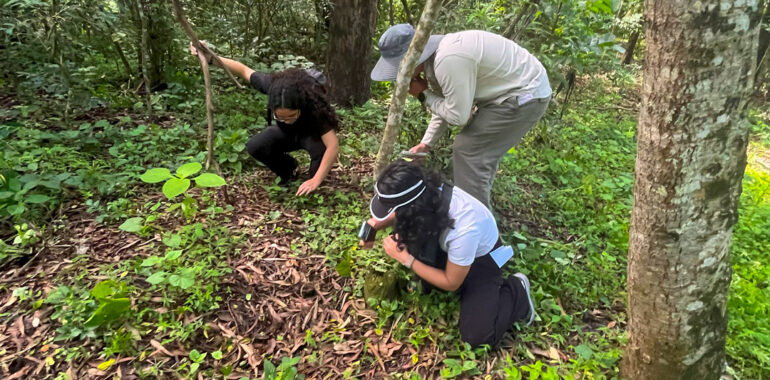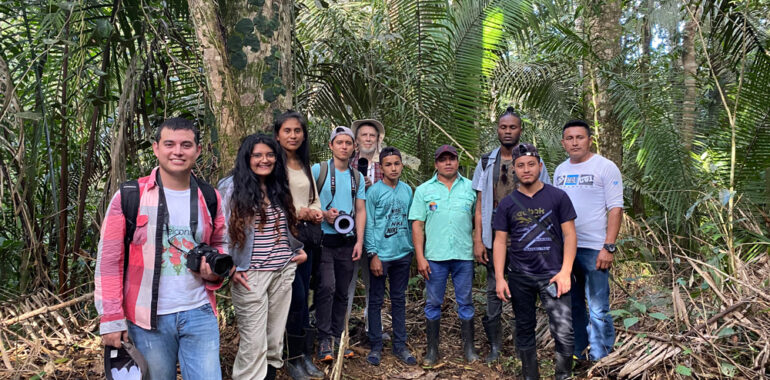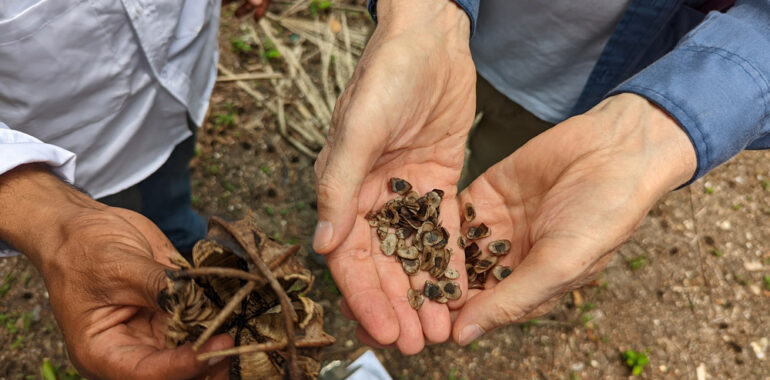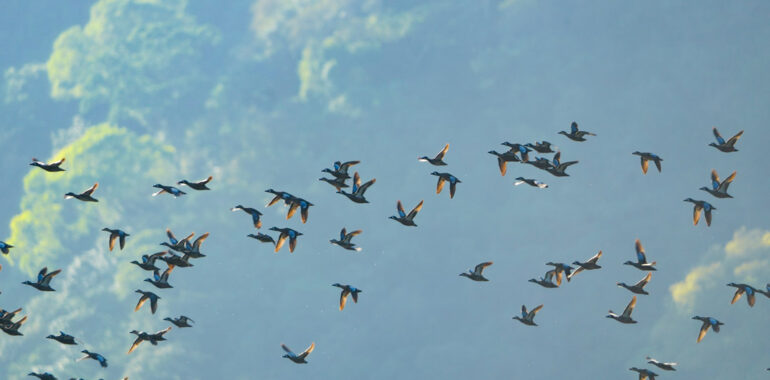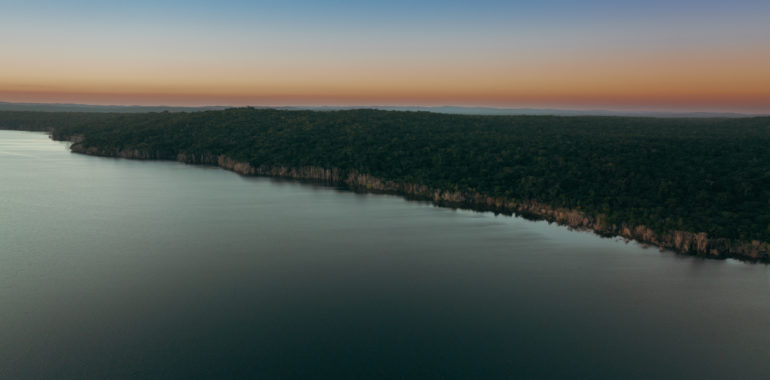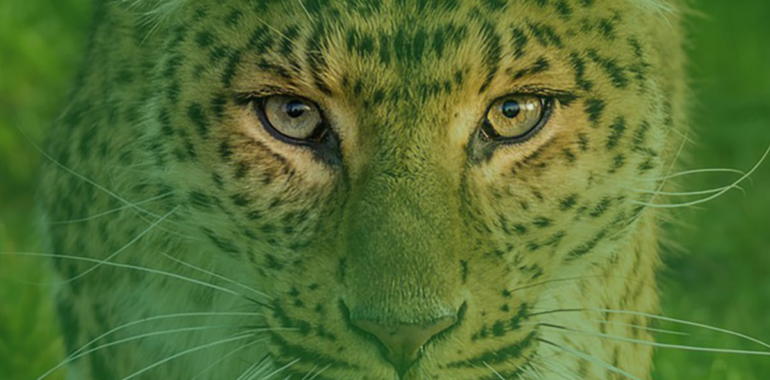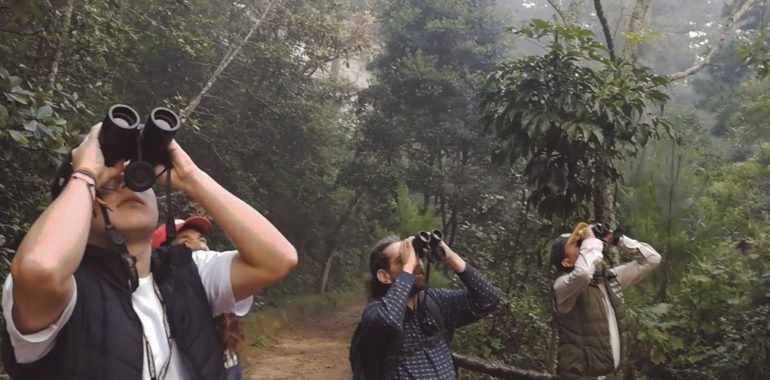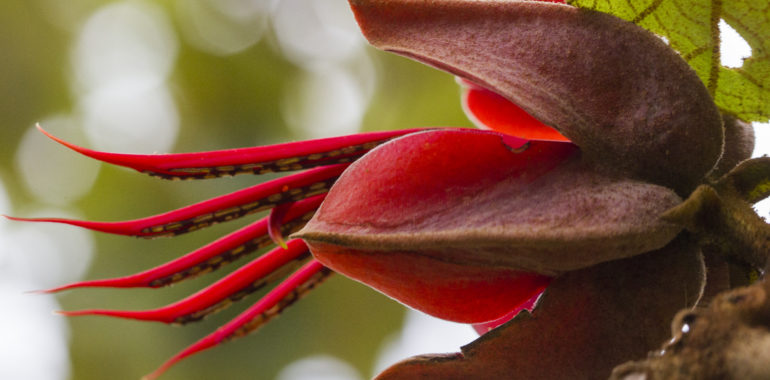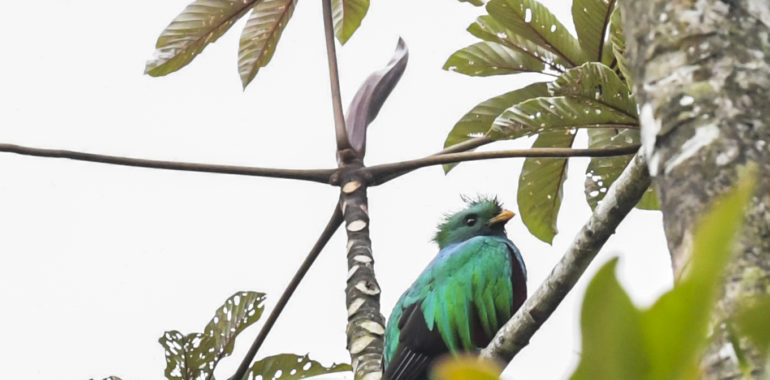For the second time in the last two years, FLAAR Mesoamérica’s research team got to deliver a workshop on biodiversity for undergraduate students of Rafael Landívar University. This time, both the team, and the students visited the Naciones Unidas National Park, and assessed small transects to measure the diversity of the park. On this note,…
To Care for Nature, as Indigenous Communities Do
This may not be the usual FLAAR blog filled with many facts about nature or science. In fact, it may blur the line of the organization’s focus. However, it will hopefully link with its main topic: the relationship between indigenous communities and biodiversity. As you will be able to read in the following paragraphs, Indigenous…
From finding prehistoric fish to locating wild vanilla flowers: the valuable support of park rangers
Park rangers are specialists in nature. Their knowledge and experience are unparalleled from any other people due to the time they stay in wild places. To acknowledge their labor and honor World Ranger Day, next follow some of the lessons and adventures they have shared with FLAAR Mesoamérica’s expeditions team. Most park rangers in Guatemala…
Documentation of Migratory Birds in Lake Atitlan, “The Most Beautiful Lake In The World” according to National Geographic
Bird Migration is an annual event that occurs when millions of birds undertake a long and risky journey from their breeding to wintering grounds and vice versa. Such a journey takes place on routes that birds have already established from north to south and south to north. In addition, many of the bird species travel…
NATIONAL PARKS: A treasure for conservation
International Day of National Parks August 24th, 2023 Parque Nacional Río Dulce. Haniel López, 2021. Every year we celebrate the International Day of National Parks on August 24th. This day raises awareness for global efforts towards conservation. National parks are decreed for many reasons such as historical, aesthetic, scientific value, cultural value, for recreational purposes,…
Tomb of the Jade Jaguar, Tikal
Tonight the presentation will mention the jaguar hide and feather headdress found in Tikal Burial 196, so includes ethnozoology (obviously the feathers were just dust imprint but segments of leather of the jaguar were still preserved, and the claws). For botany mentions cacao or other beans found inside one of the ceramic vases. Plus the…
Importancia de los biólogos para Guatemala
Historia del Día del Biólogo en Guatemala A principios de la década de los setenta, Mario Dary Rivera, salvadoreño de nacimiento que vino al país con solo 2 años, fue pionero en la fundación de la Escuela de Biología en la Universidad de San Carlos de Guatemala (USAC), con el objetivo de forjar profesionales de…
Medicinal plants of Guatemala: An approach to ethnobotany
Guatemala is widely known for being a Megadiverse country in terms of its natural and cultural resources, but this diversity is not only special for its uniqueness, but also for the management that has been given to it. The native people of the country have inherited important knowledge about the uses of plants for generations.…
Datos interesantes sobre algunos de los símbolos patrios de Guatemala
El 15 de septiembre conmemoramos el día de la independencia en Guatemala, por lo que es un buen momento para recordar sus símbolos representativos. A pesar de que reconocemos lo emblemáticos que son el quetzal, la monja blanca, la ceiba, la marimba y demás símbolos patrios, ¿qué tanto sabemos sobre ellos y su historia? El…
The Value of the Tropical Forests
Tropical forests or rainforests are located in the Intertropical Zone, between the Tropic of Capricorn and the Tropic of Cancer (look image 1), near the equatorial line. Its average annual temperature is generally above 24 ° C and its humidity is highly variable. They are considered megadiverse ecosystems because despite occupying just 3% of the…

